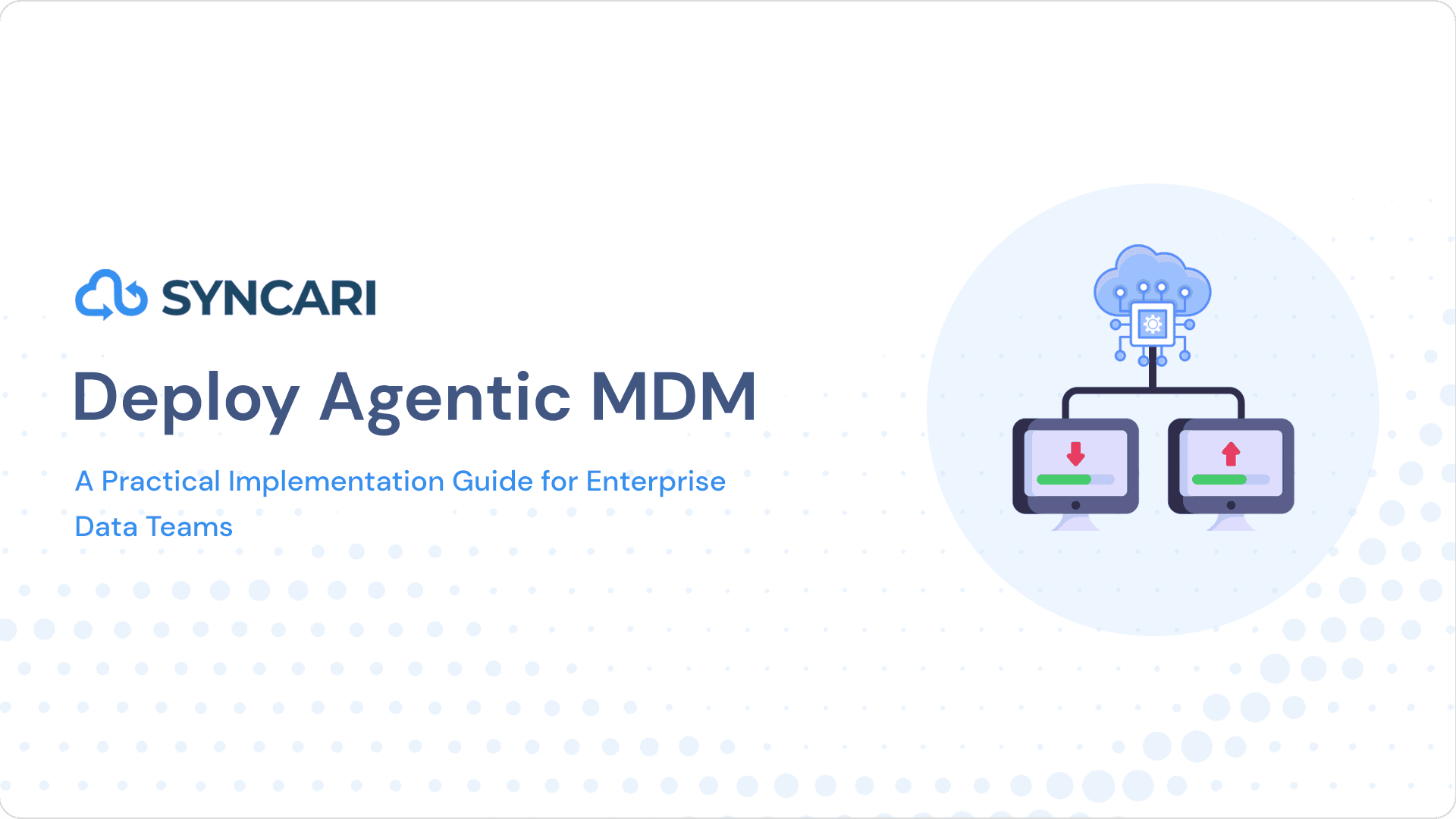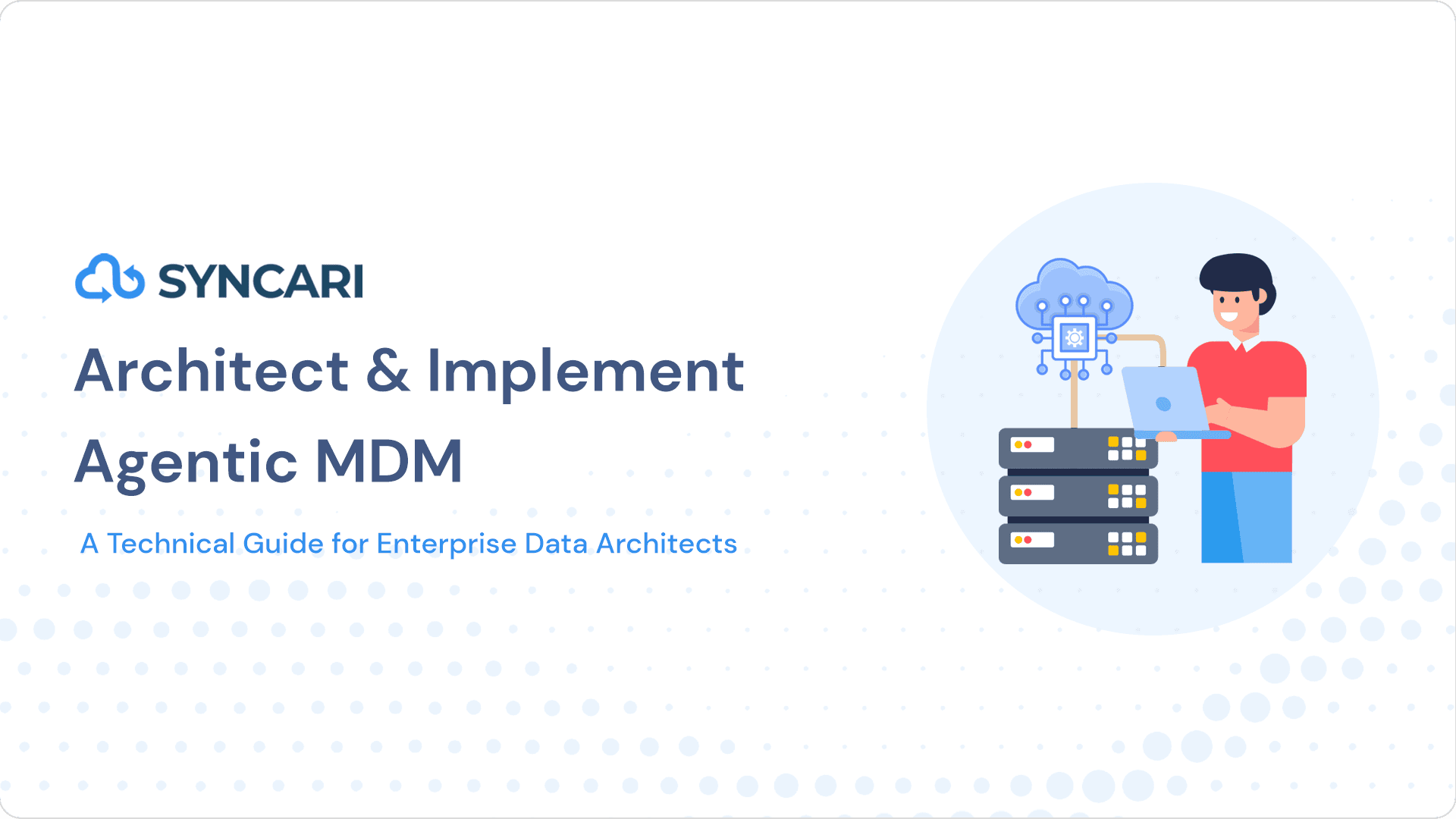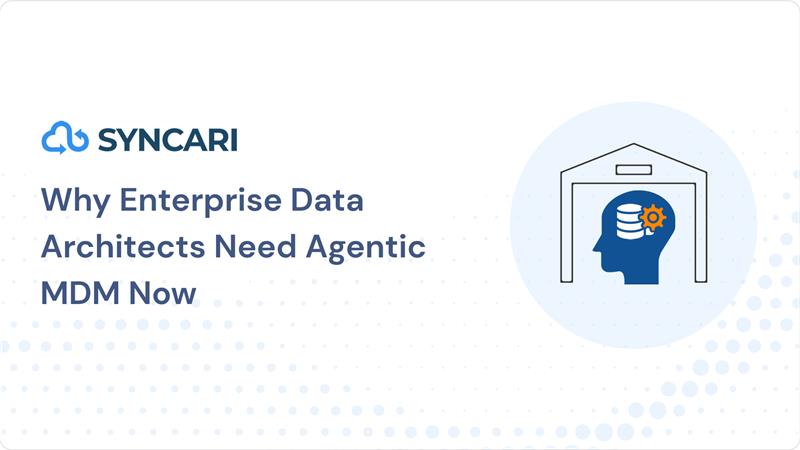If you’re like me, LinkedIn feels like an echo chamber for unsolicited data quality advice.
It’s as if the scions of data quality such as Thomas Redman—‘The Data Doc’ who literally wrote the book on data interventions—have finally been proven correct. Yesterday’s fringe theories are now mainstream, and posts like this one are being met with slow claps:
It’s all happened quite suddenly. And it begs the question: If all that could happen halfway through 2021, what on earth is next?
In this article, we explain the top data quality trends as we see them. There are many trends we believe are at the curve before their hockey stick inflection. How much of it relates to what Syncari does? A lot of it. Naturally, it’s difficult not to look into the future and see yourself. But hey. We picked this category for a reason.
Buckle up!
The top 9 data quality trends of 2021
1. Automatic data fitness scores
Call it data health or call it data fitness—measuring your data’s quality is here to stay. That’s because since the invention of the CRM in the 1980s, there have been arguments about what a “good” instance and “bad” instance look like, and we’re finally gaining an objective understanding. Algorithms can measure the utility of data on dimensions like:
- Completeness—is it all there?
- Correctness—is it accurate?
- Timeliness—is it there when you need it?
- Relevance—is it relevant to the task?
- Integrity—does it maintain its attributes across systems?
Syncari launched its own data fitness index—check it out.
2. Whole-system fixes
Teams are tackling company-wide data as the company-wide problem that it is. No more band-aids in one department that cause a ticket deluge in another, or cleanups that replace all the correct contact information with 1-800 numbers. (RevOps is helping a lot with that.)
3. Data democratization
Friendly drag-and-drop interfaces allow business admins and ops teams to configure things in ways that three years ago, required knowing APEX. Interfaces are at the point of user-friendliness that teams can delegate to the extreme edges—to SDR managers, to accounts payable specialists, and to customer success leads, and allow them to safely apply limited fixes.
4. The trend to more technical hiring
If this seems to contradict the prior trend, it doesn’t, and it’s actually happening in tandem. More and more job descriptions require business admins and ops people to be somewhat technical, partly because they’re being asked to do so much more. Increasingly, teams are hiring full-time engineers to assist. Yet what most of them are doing is stitching systems together so more business team members can actually make use of the graphical interface.
5. The re-centralization of IT
The rise of SaaS set IT teams back a bit, politically speaking. Suddenly, everyone could sign up for software with a credit card. The classic IT-led evaluation gave way to marketing-led or sales-led evaluations, with IT and compliance in tow, to provide mere confirmation. As of 2021, consider that trend reversed. IT teams are re-centralizing. Business systems teams are gobbling up marketing ops, sales ops, customer success ops, and finance ops to forge one unit with a central grip on all that software. The results of this remain to be proven, but if they’re successful at increasing company-wide data quality and utility, this is probably good for everyone.
6. Data process automation
Data management systems have finally won out over offshore data cleanup teams, or once-yearly overhauls. Things that last year required human judgement are now the province of machines, which no surprise, are a lot better at determining data provenance and authority. In the near-term, it’s taking a lot of ops people’s time to program these systems. In the very near future, they’ll be reaping the rewards of compounding time savings.
7. RevOps has moved from “why” to “how”
RevOps has matured quickly as a practice. As Head of Global Revenue Operations at Tomorrow Michael Canty puts it, “I’d say the conversations have evolved a lot over the past few years. It used to be about why RevOps is good. Now it’s about, okay, tactically, how do you operationalize these ideas?”
To support it, dozens of communities like RevGenius have sprung up for sharing those tactical insights.
8. Distributed centralization
Data’s been through a lot of styles over the past two decades. First, master data management sought and failed to help companies move all data into one location. Then data warehouses and data lakes were in vogue, but they aren’t great for operational data. So then CDPs arose to make that lake data applicable, and companies were again saddled with the issues of moving all that data to one central location to clean, only to move it back again for use.
Like I said. It’s been a lot.
Finally, in 2021, companies are realizing there’s no need to move the data. You can manage it where it already exists with a distributed centralization system like Syncari.
9. SaaS slayers
Procurement people are in vogue and in demand. As the SaaS-identifying software Blissfully points out, the average business has 137 SaaS applications—up 30% since 2018. More companies need someone whose full-time job is slaying all those unnecessary licenses.
Data quality is hot. RevOps is burning up. 2021 is a year full of fitness, fixes, democratization, technicality, re-centralization, automation, “how,” distribution, and slayers of SaaS. We’re excited to see how the data quality trends play out.


